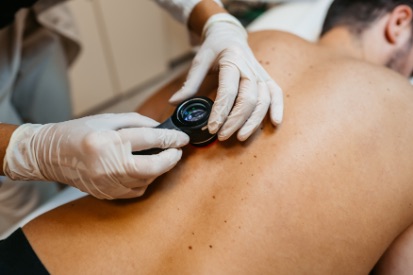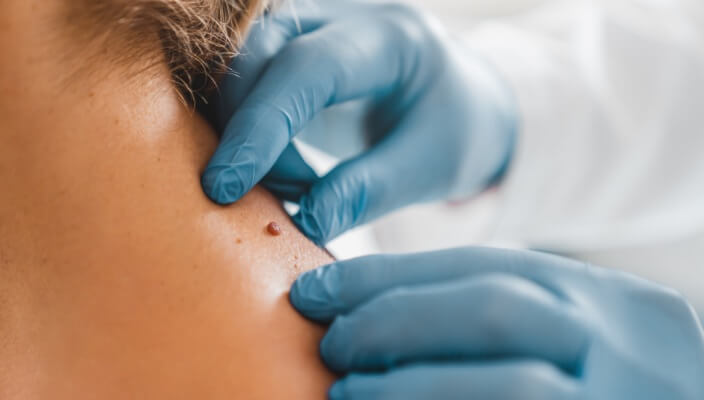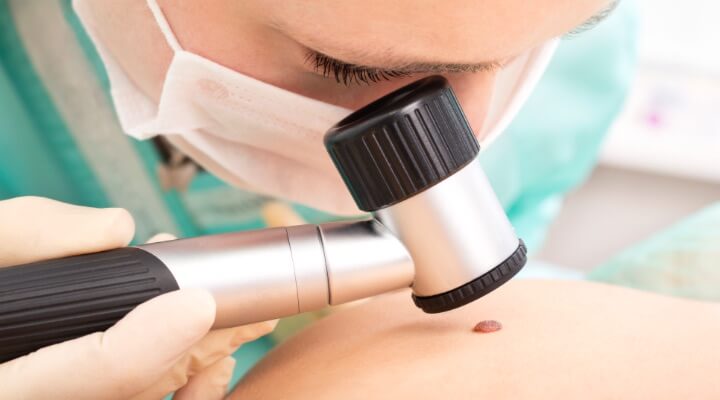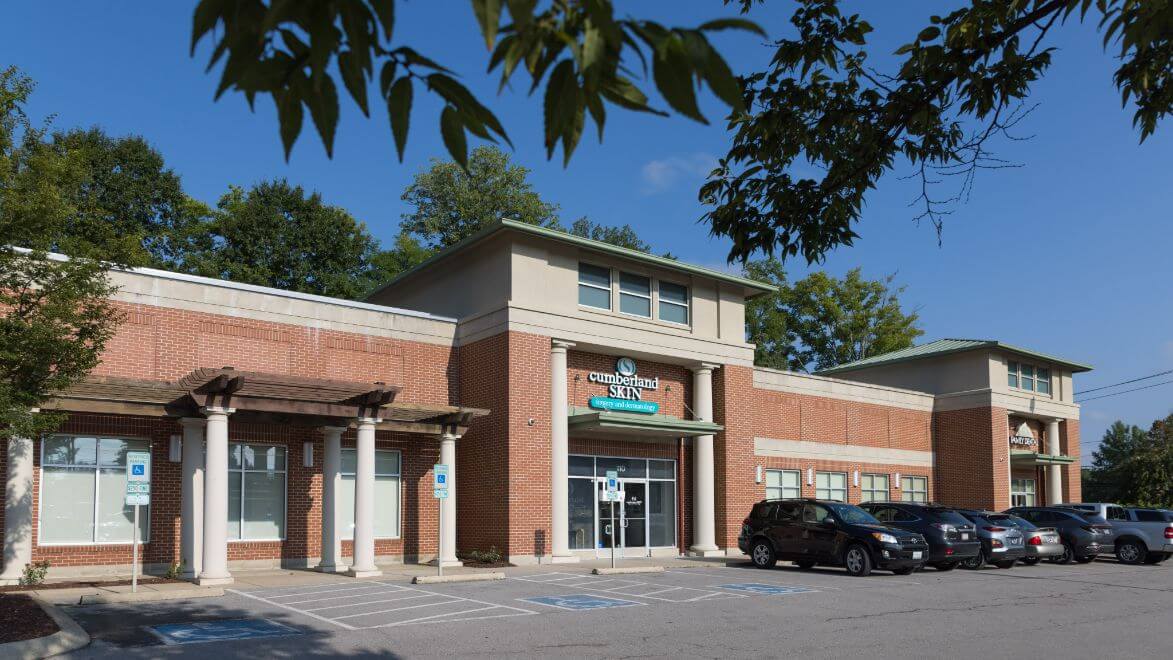A Closer Look at Kaposi Sarcoma Skin Cancer
What is Kaposi Sarcoma and How is it Treated?
 Have you recently come across the uncommon cancer, Kaposi sarcoma? While this cancer is rare, it’s important to understand its causes, how it shows up on the skin, and the best treatments for Kaposi sarcoma.
Have you recently come across the uncommon cancer, Kaposi sarcoma? While this cancer is rare, it’s important to understand its causes, how it shows up on the skin, and the best treatments for Kaposi sarcoma. Learn more about this abnormal cancer by reading our comprehensive Kaposi sarcoma guide below.
What is Kaposi Sarcoma?
A rare type of cancer, Kaposi sarcoma (KS) develops in the lining of blood and lymph vessels. It typically shows up as tumors on the skin or mucosal surfaces, such as inside the mouth. Kaposi sarcoma tumors can form elsewhere in the body as well, including lymph nodes, genital area, digestive tract, and lungs.
Causes of Kaposi Sarcoma
Unlike other common skin cancers that are primarily caused by excessive exposure to UV rays, like basal cell carcinoma and squamous cell carcinoma, the leading underlying cause of the main type of kaposi sarcoma is a virus called human herpesvirus 8 (HHV-8).
This virus most often affects people who are infected with human immunodeficiency virus (HIV), better known as the virus that causes AIDS, as their weakened immune system cannot stop cells containing HHV-8 from multiplying.
What Does Kaposi Sarcoma Look Like?
Kaposi sarcoma has some distinct features to keep an eye out for. If the affected area includes the skin, the most common Kaposi sarcoma symptoms are flat skin lesions or spots that are red or purple on lighter skin; bluish, brownish, or black on darker skin.
These skin lesions most often show up on the legs or face, and while they may look harmful, they typically cause no pain or have any symptoms. Furthermore, Kaposi sarcoma skin lesions may look like bruises but don’t change color when pressed, and they do not itch or drain.
Different Types of Kaposi Sarcoma
There are four different types of Kaposi sarcoma. This includes:
- Epidemic (AIDS-associated) Kaposi Sarcoma
- Classic (Mediterranean) Kaposi Sarcoma
- Iatrogenic (Transplant-Related) Kaposi Sarcoma
- Endemic (Affects Children and Young People from Africa)
However, at Cumberland Skin, we only treat Kaposi sarcoma when it is impacting the skin. Read more about the type of treatments we use to address skin lesions caused by Kaposi sarcoma below.
Treatments for Kaposi Sarcoma
As mentioned above, we only treat the skin lesions or spots caused by Kaposi sarcoma. Treatment will depend on the number of lesions, how big they are, where they are located, and the strength of the patient’s immune system.
Cumberland Skin’s top treatments for small skin lesions include:
- Surgical Excision
- Curettage and Electrodessication
- Cryotherapy (Freezing)
- Topicals
Treatment for more serious Kaposi sarcoma cases typically involves the use of antiviral medications, radiation, or chemotherapy. In some cases, surgery may be needed.

Healthy Skin Starts at Cumberland Skin
Are you showing symptoms of kaposi sarcoma on your skin and need a professional evaluation? Get in touch with one of our board-certified dermatologists for a complete skin examination, diagnosis, and treatment recommendation. We’re ready to help you achieve happy, healthy skin!
Featured Products
Check your local office for current stock!
Check your local office for current stock!
Related Blog Posts

- Skin Cancer
- General Dermatology
- Skin Exams
- Sun Safety
If your dermatologist finds a suspicious mole during your TBSE, hey want to perform a skin biopsy.
Read More
- Skin Cancer
- Skin Exams
With skin cancer cases rising year after year, it’s no surprise that people are itching to learn more about this life-threatening skin disease
Read More
- Skin Cancer
- Skin Exams
It’s time to face the facts: skin cancer can develop in individuals of all skin colors, including those with darker skin tones.
Read More


